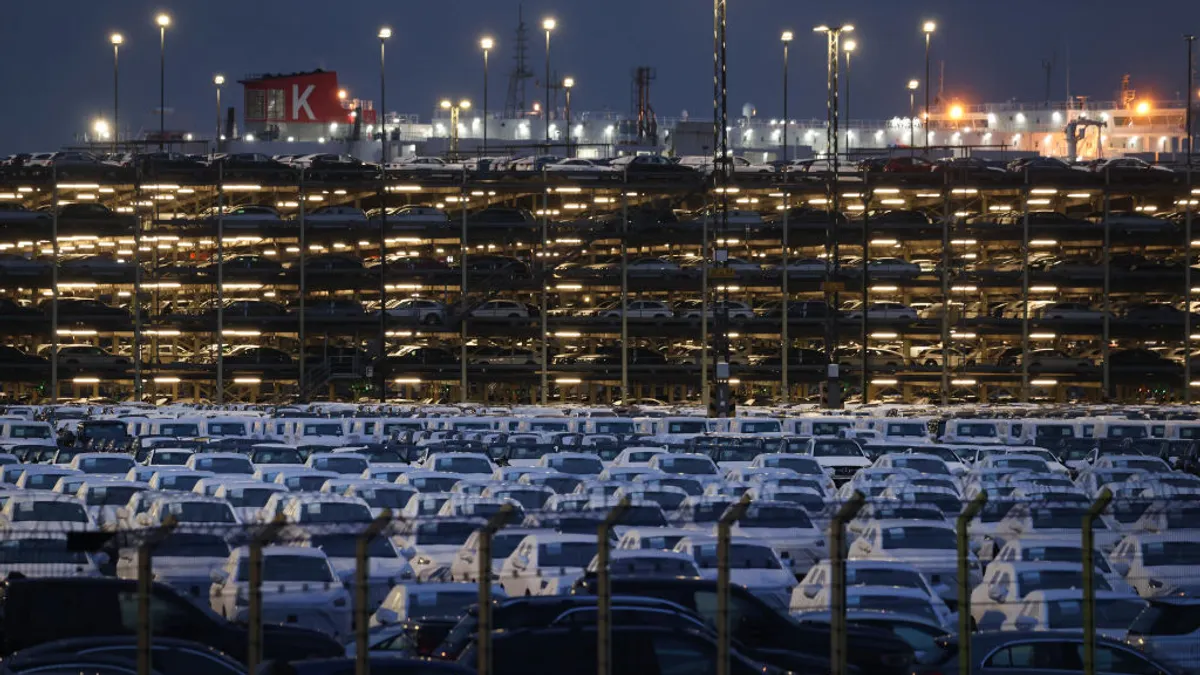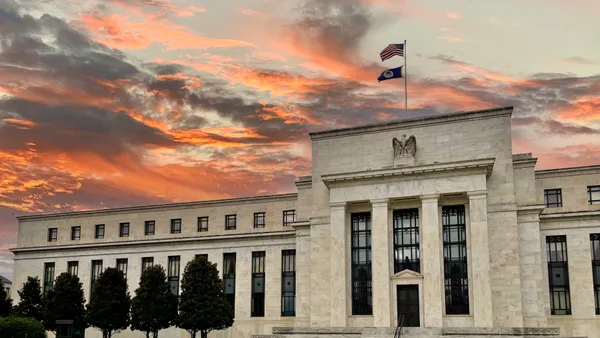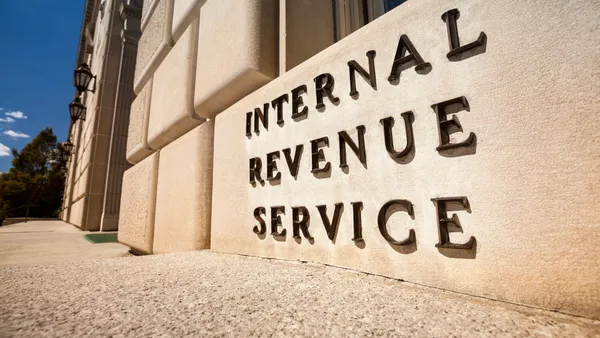It’s true that not all companies are directly affected by the trade war that was kicked off by President Donald Trump in February.
But in the wake of the imposition of the highest U.S. tariffs since the 1930s, finance leaders attending a CFO Leadership Council conference in Boston this week quietly acknowledged a range of impacts: some were looking to mitigate the tariffs like Conagra’s CFO David Marberger while others are bracing for fallout from affected clients and customers.
For instance, during a Wednesday talk on tariff mitigation, one finance executive in the education sector shared that some believed her organization was in the clear from tariffs. Then they started hearing from vendors raising prices. Now the organization’s board is realizing that, “hey, everyone’s affected,” the executive said during the session.
Colin Haynes, a consultant who specializes in tariffs and cross border solutions with the tax compliance software provider Avalara, led the discussion on tariff mitigation, encouraging companies to tackle tariffs directly and involve the full C-suite in their efforts. Below are some tips for dealing with tariffs that Haynes and other executives in the session shared.
- Verify (don’t just trust) your product’s classification code: Haynes said his number one piece of advice for companies is to check your product’s classification code, because what you pay and what your options are all stem from that. “Get that done because all your analysis is based on that,” he said during his presentation. Too many people just assume they have the right code, he said. “I’ve been on calls and I say give me a code, and before they give me the code they say, ‘I’ve been using this code for five to 10 years,’” he said. That’s when, “alarm bells start to go off.”
- Develop a plan to exercise “reasonable care:” CFOs should ask themselves if their firm’s approach to tariffs meets the U.S. Customs and Border Protections guidance for demonstrating they’re showing “reasonable care.” This means having a process in place to meet custom’s sourcing requirements, that you’re classifying goods correctly and that the correct amount has been paid in the duties, Haynes said. Standardized systems can be key to avoiding trade compliance violations that can be much steeper than other Internal Revenue Service penalties, he said.
- Check your invoice line items: Now is a good time to double-down on checking invoices, line item by line item. One executive in the conference shared that a member of a sourcing team found that there was a tariff charge related to an item that was from Kentucky. If you’re getting charged by a domestic supplier, ask about it, Haynes said.
- Consider tariff “engineering”: This entails understanding your product and figuring out how to redesign it in a way that lowers duties. For example, in the past some footwear companies landed on the strategy of using felt in products in order to cut the cost of tariffs, Haynes said.
- Get a tariff war chest: If you have a manufacturer you work with outside the U.S. you might need to work with them and spend a little extra money to figure out how to change your product. Changing your operations might necessitate spending a little extra money, but that could be needed as there’s no indication that the current volatility is going to subside, Haynes said.














